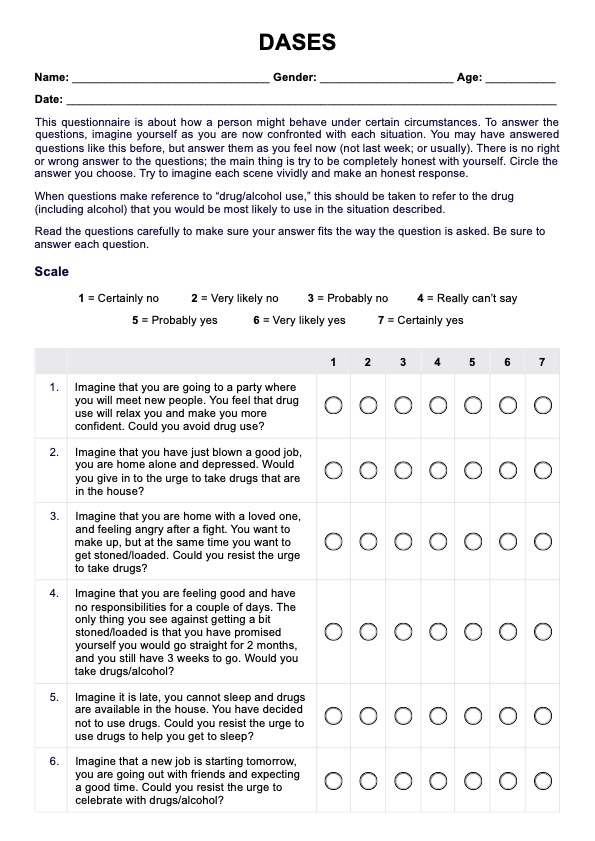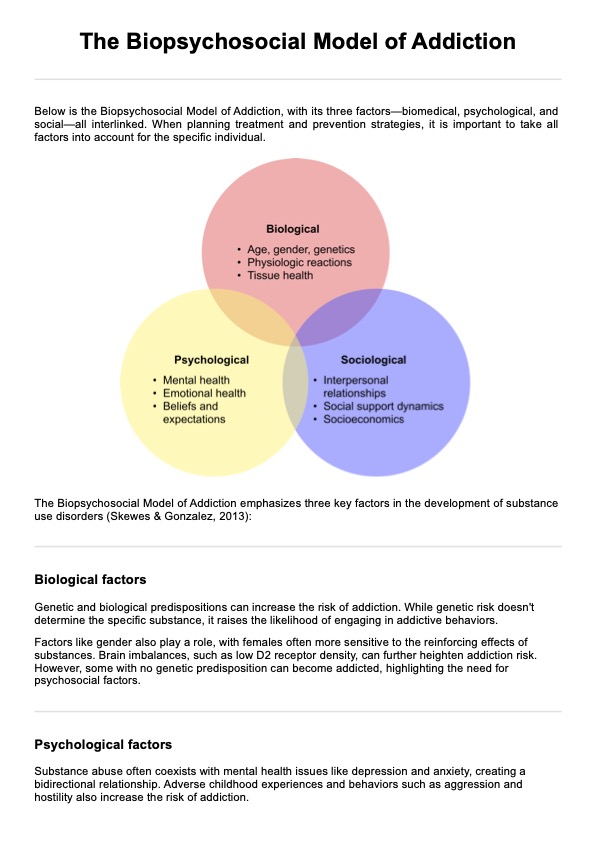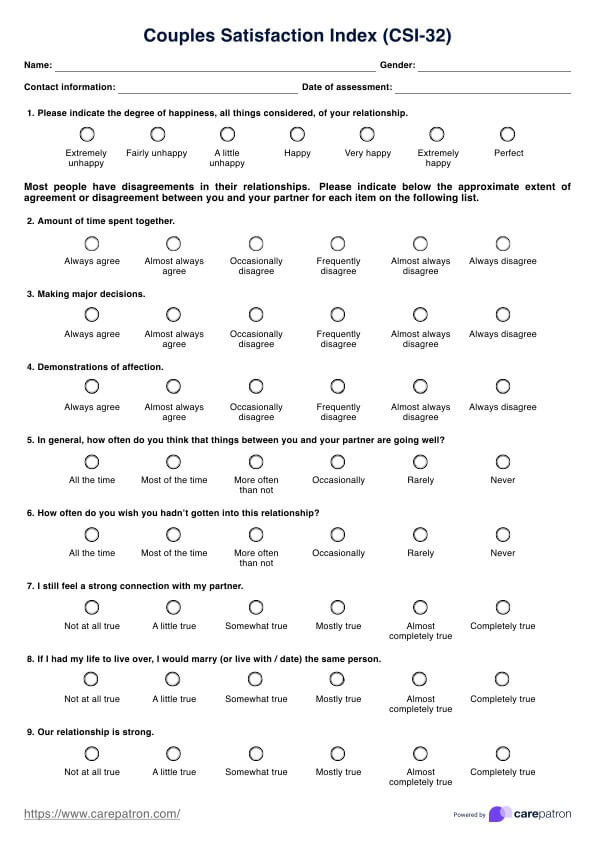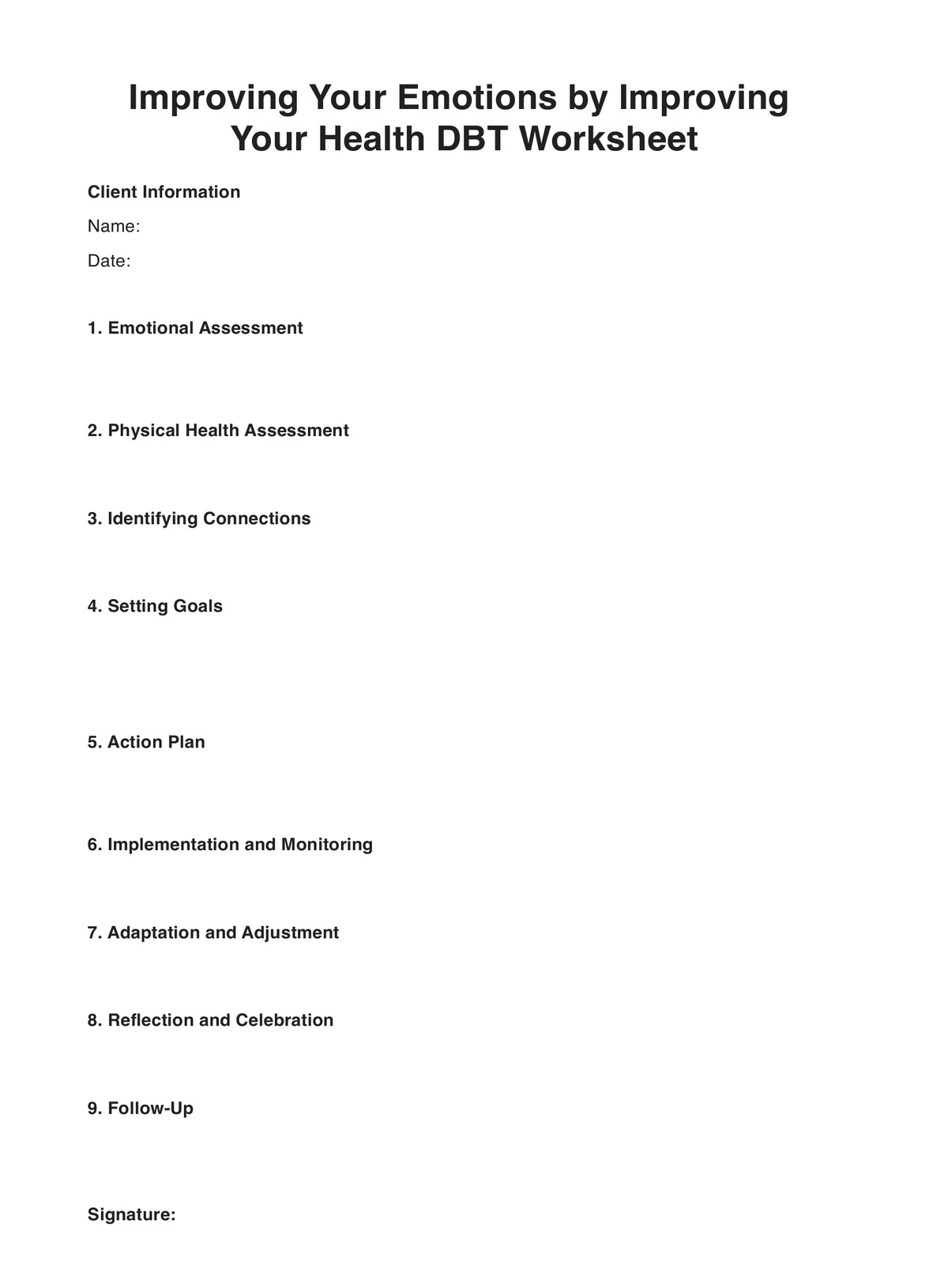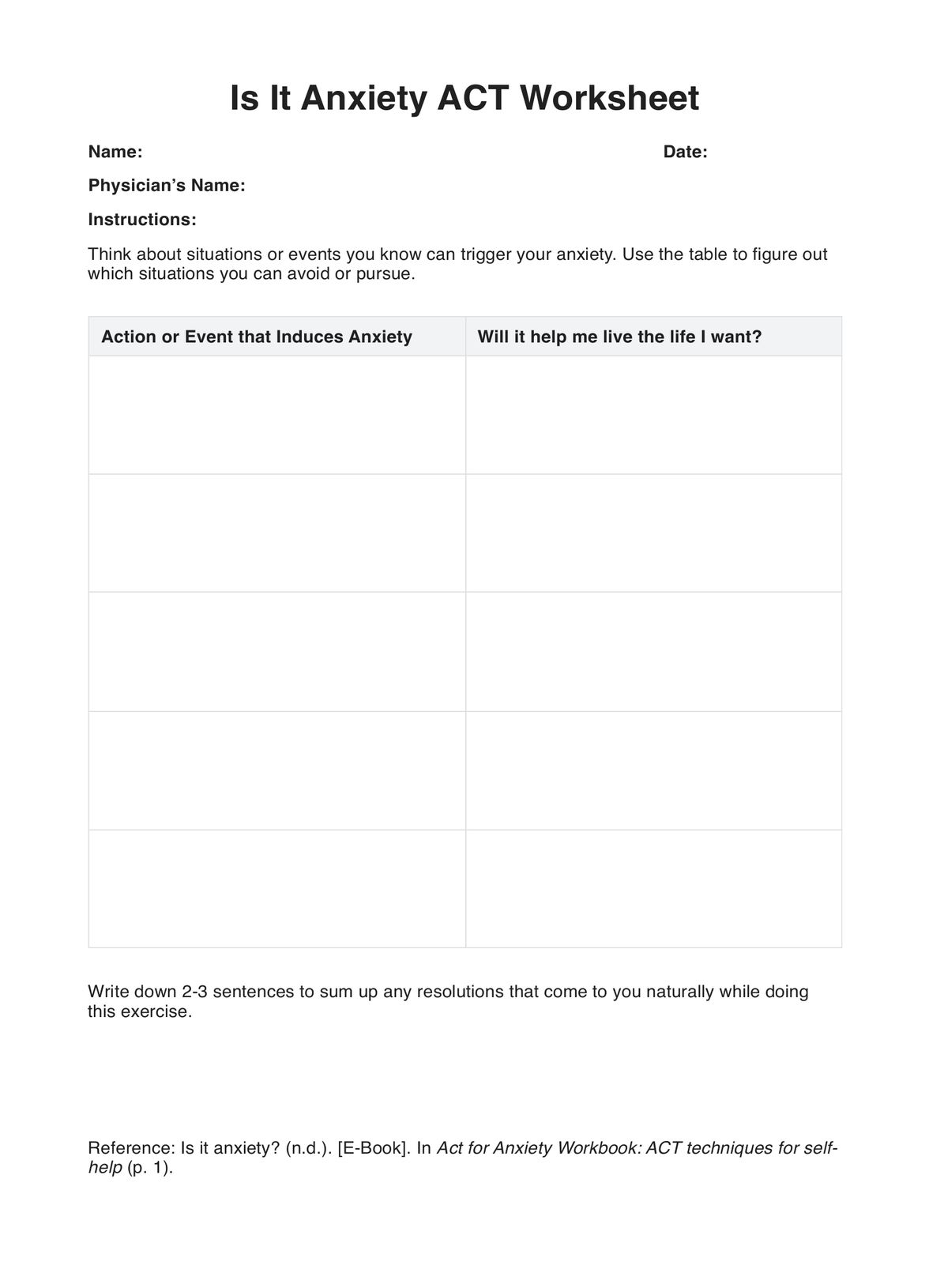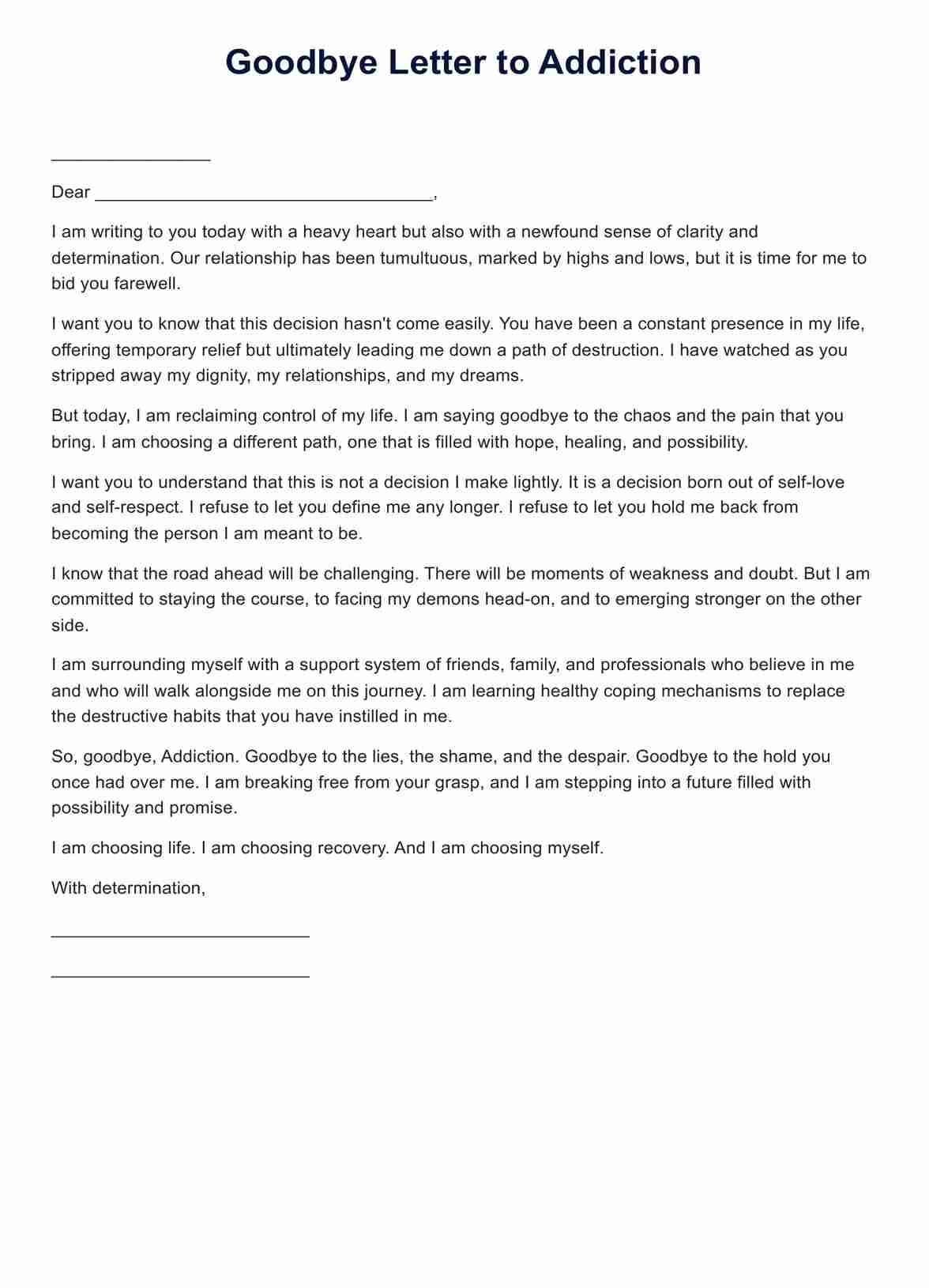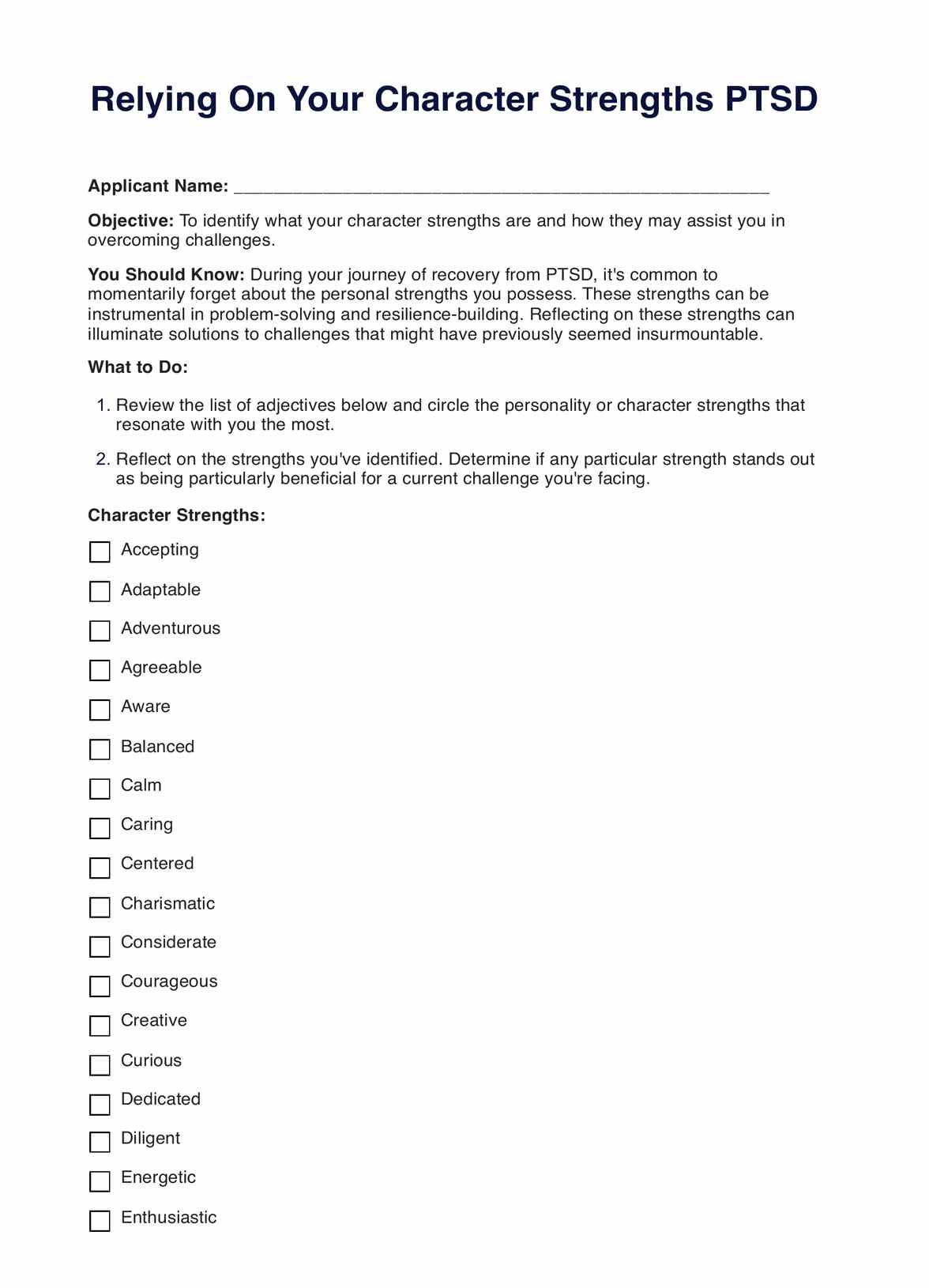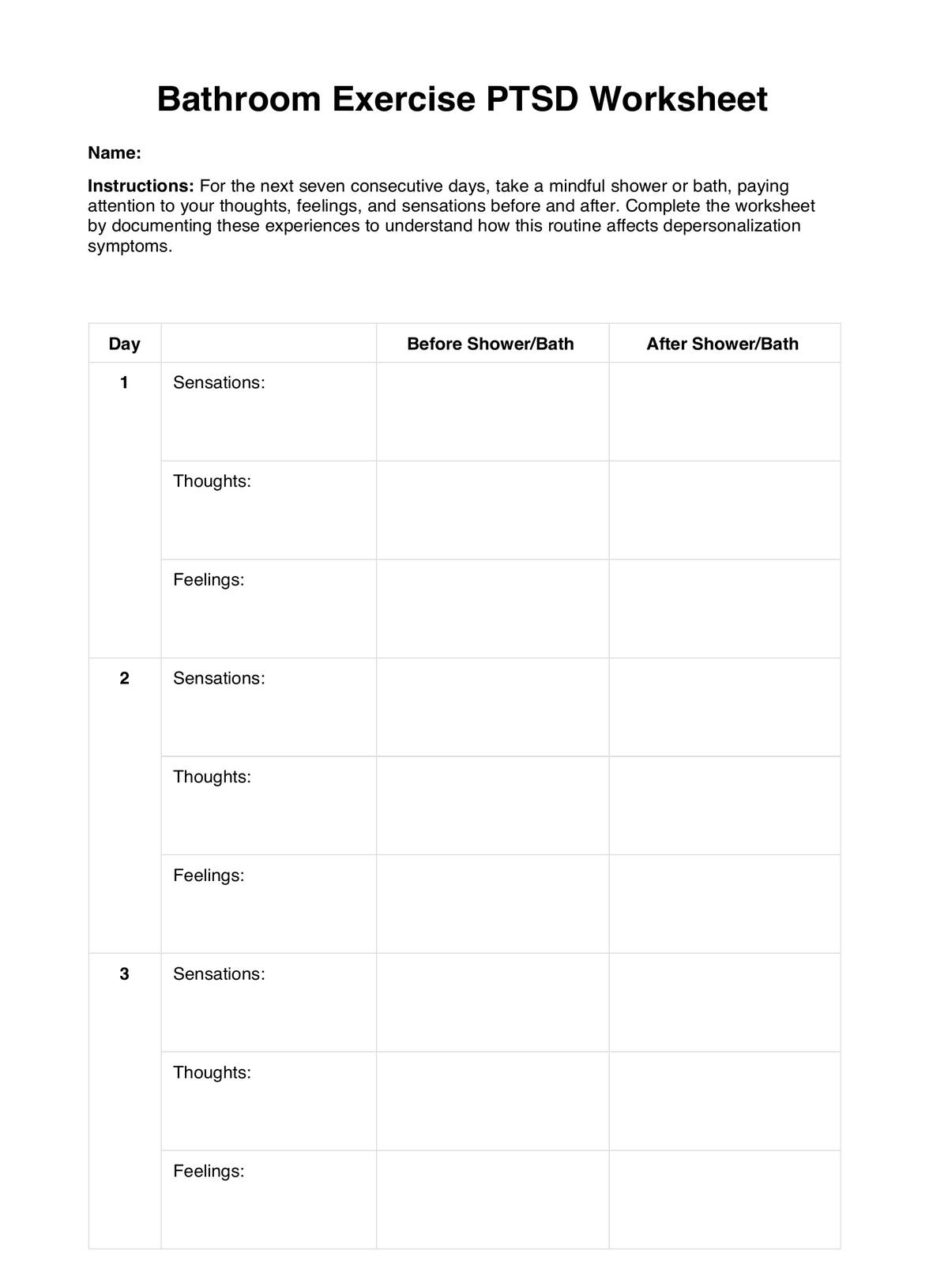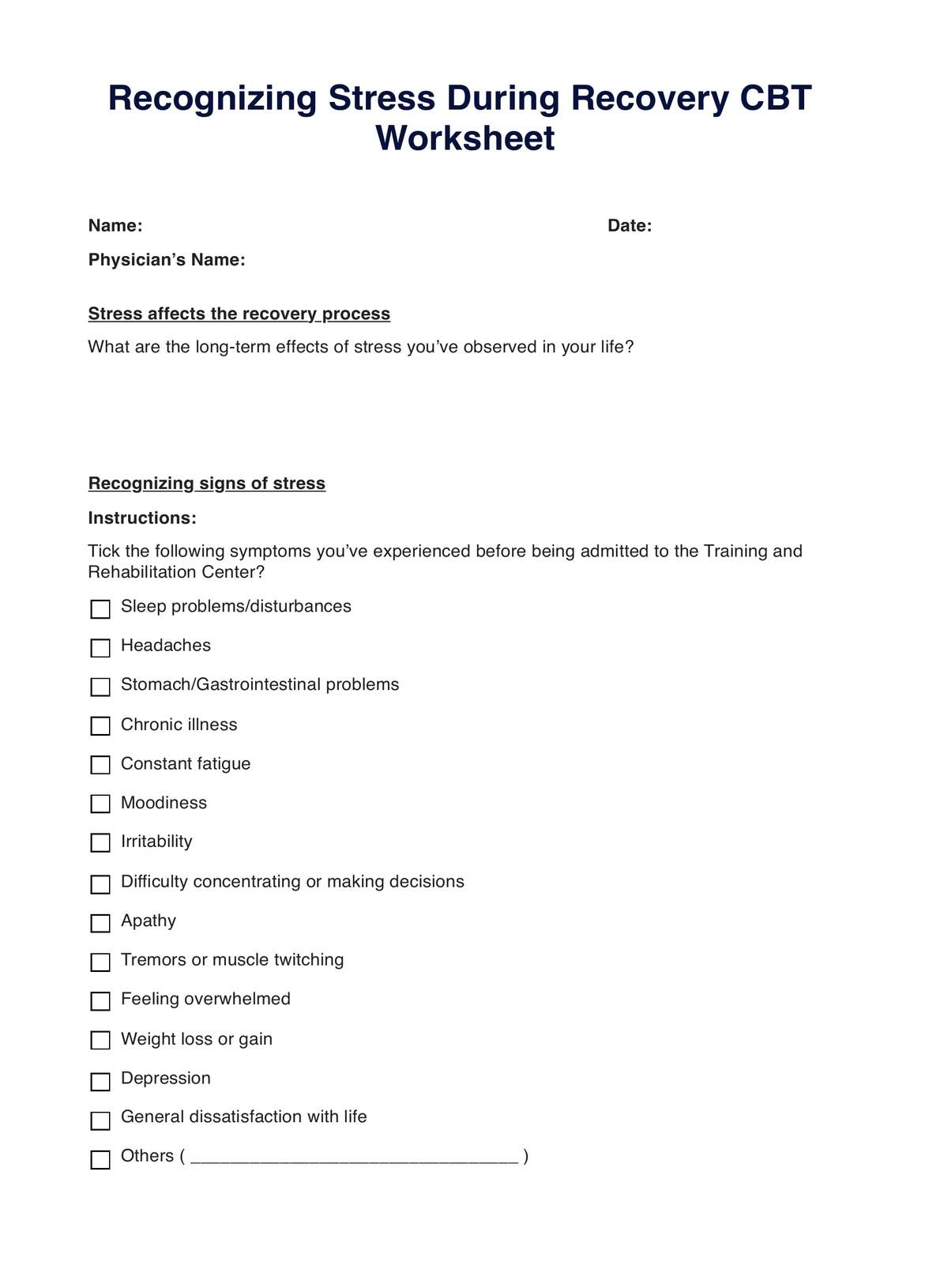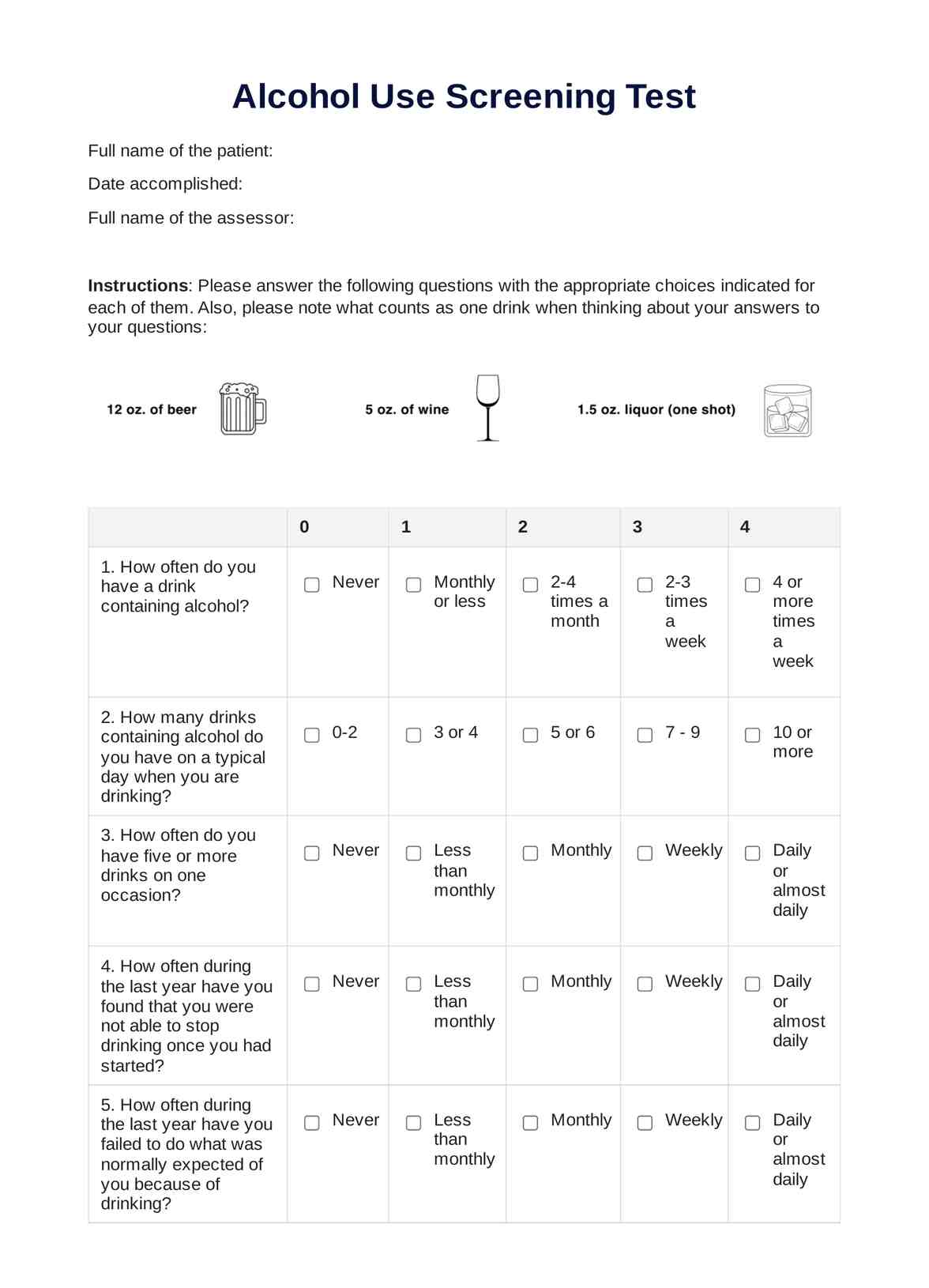Urge Surfing Worksheet
Learn how urge surfing worksheets can help clients manage their urges. Click here for a free PDF template and guide on how to use it.


What is an Urge Surfing Worksheet?
Introduced by G. Alan Marlatt, Urge Surfing is a technique used by practitioners to help clients both acknowledge and cope with unwanted behavior, cravings, and urges like smoking, substance abuse, spending, over-eating, etc. An urge surfing worksheet, in particular, is designed to help practitioners teach their clients how to “urge surf” when they have cravings, whether during their session or outside their clinic’s four walls.
Unlike other urge surfing worksheets that only come with instructions on how to “urge surf,” our template comes with fillable spaces and questions that the client must answer. We created it so that during your sessions with the client, you can check if the technique is working or how to improve their technique even further.
Want to utilize urge surfing in your practice? Keep reading below on how to grab a copy of our template.
Urge Surfing Worksheet Template
Urge Surfing Worksheet Example
How does it work?
Step One. Download the Template
To access and download our printable urge surfing worksheets, you can either:
- Click the “Use Template” or “Download Template” button above
- Search “Urge Surfing Worksheets” in Carepatron’s template library on our app or website.
Step Two. Explain the Worksheet to Your Client
When you give them a copy, you must teach them how to urge surf and utilize the worksheet to help them cope with their feelings.
To help you out, you can use the quick explanation and guide of the four wave points provided below. Explaining the wave points they must ride when they have urges will help them know what to expect and find ways to deal with them.
Point 1: The Trigger
Explanation: The trigger may be a thought, feeling, person, or place that causes someone to have an urge.
How to deal with it: If they already know their triggers, it’s best to prepare different ways to help them cope.
Point 2 and 3: The Rise and Peak
Explanation: During the rise, you may feel your urge growing - slowly or quickly - until it reaches the peak, where it may feel like you’re overwhelmed and can’t handle the urge.
How to deal with it: While riding points 2 and 3, some ways to cope are to feel their feelings and allow the thoughts to pass instead of hiding or stopping them from happening. As this happens, it will also help if they tell themselves that urges are normal, temporary, uncomfortable, and, most of all, don’t have to be acted upon. You can also suggest activities that distract them while they go through these wave points.
Point 4: The Fall
Explanation: They are at the end. They have ridden the waves, which means the worst is over.
At this point, you can encourage them to think of what was effective in helping them manage their unwanted behaviors and to remember them the next time they have urges.
Step Three. Give them the Worksheet
Give your client multiple copies of the worksheet and explain that they can use the worksheets to record how they managed their urges. That way, the next time they have a session, they have a basis for conversation during your next session.
Step Four: Discuss the Answers
During your session, you may review how the patient dealt with their urges and suggest more effective coping methods.
Step Five: Securely Store
Afterward, since the worksheet and your notes carry sensitive information, remember to store them in a secure physical location or a HIPAA-compliant EHR like Carepatron.
When would you use this Template?
Therapists can use filled-out urge surfing worksheets during their sessions. It’d be most helpful to use it if they’re conducting dialectical-based behavior therapy (DBT) or mindfulness-cognitive therapy. Aside from those, a therapist may also benefit from having an urge surfing worksheet on hand to give out if they are helping out patients who are receiving treatment for substance abuse or are preventing relapse.
Benefits
Improved Self–Awareness
Having a template where clients can write down their experience post-urge surfing helps help patients become more self-aware. That’s because, with the realizations they write down, they’ll know more about their triggers and whether the way they cope or distract themselves is effective or not.
Empowering
Aside from being self-aware, in some instances, if a client sees their answers change over some time and they see themselves improving in one way or another, it can feel empowering. This feeling can push them even further to use this technique during emergencies continuously.
Tracking Progress
To make the most out of the template, practitioners and clients can use it to track progress, especially if it’s their first time trying urge surfing. Clients can compare and contrast how they coped with their urges the first time they tried the technique versus after several times.
Fully Digital and Accessible
Our free urge surfing worksheet is fully digital and accessible on Carepatron or any local PDF editor on any mobile device. With a digital file, it will be easier for the practitioner and client to pass empty and filled-out worksheets back and forth.
Research & Evidence
Though urge surfing is a technique researchers and other specialists recommend, studies that prove its effectiveness are few and far between. So far, only a study done by Bowen and Marlatt in 2009 on college student smokers demonstrates that surfing the urge is, to a certain extent, helpful. According to the study, “mindfulness techniques may not initially reduce urges to smoke but may change the response to urges.”
Whether or not you will ask your clients to urge surf with the help of our template depends on your expert opinion and its effectiveness on your client in particular.
References
Bowen, S., & Marlatt, A. (2009). Surfing the urge: brief mindfulness-based intervention for college student smokers. Psychology of addictive behaviors: journal of the Society of Psychologists in Addictive Behaviors, 23(4), 666–671. https://doi.org/10.1037/a0017127
Commonly asked questions
Therapists will likely use and benefit from our urge surfing worksheet templates. More specifically, those who incorporate mindfulness-based interventions in their treatment plans.
It’s best if you use a filled-out copy during your sessions with your client so you have a jump-off point for conversation.
For more specific examples, please refer to the “When would you use this Template?” section above.
Clients can use it as a document to record how they rode the waves of their urges. On the other hand, therapists can use an empty template as a guide when teaching the client to use the technique and a filled-out one as a reference.


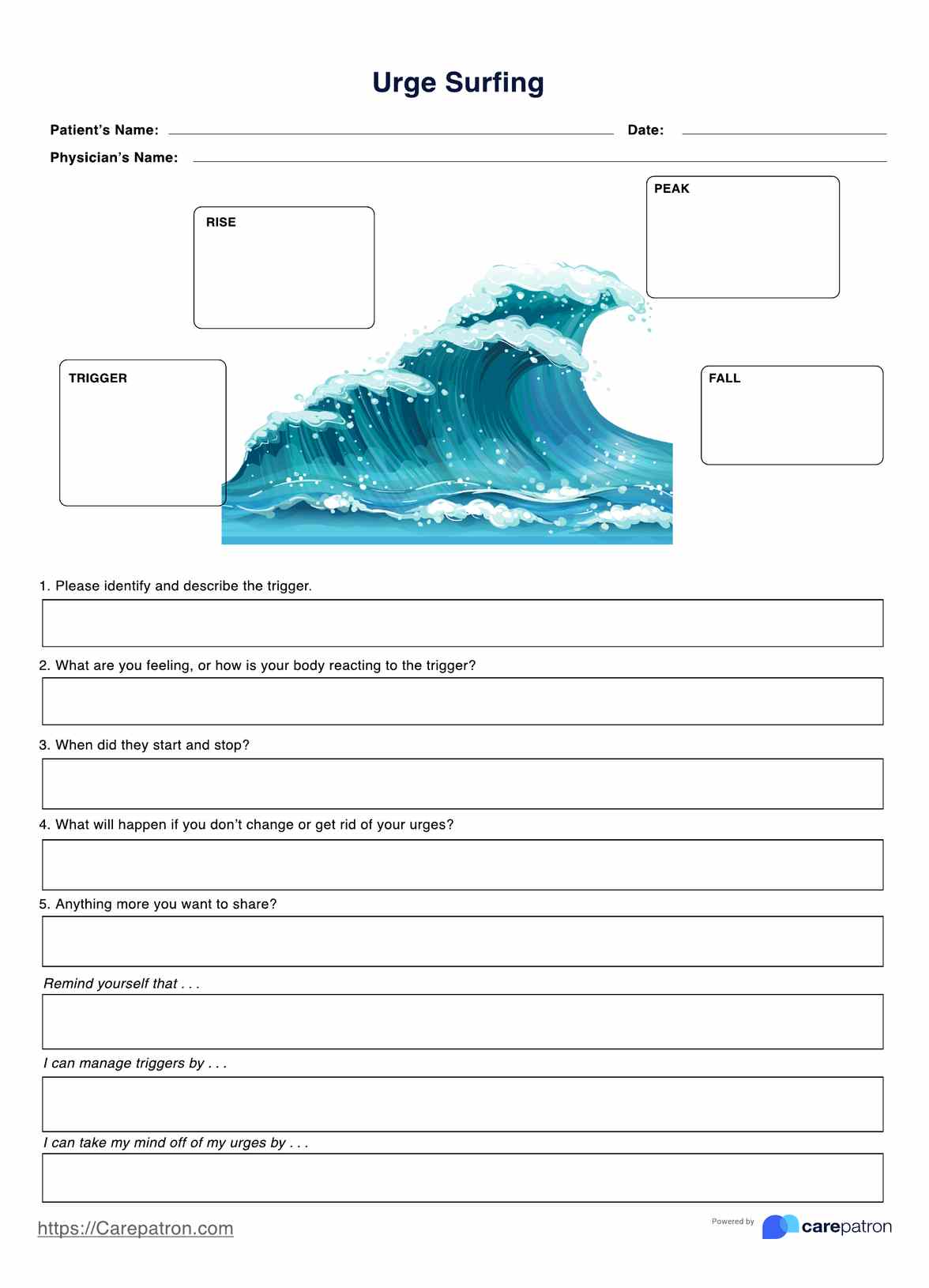
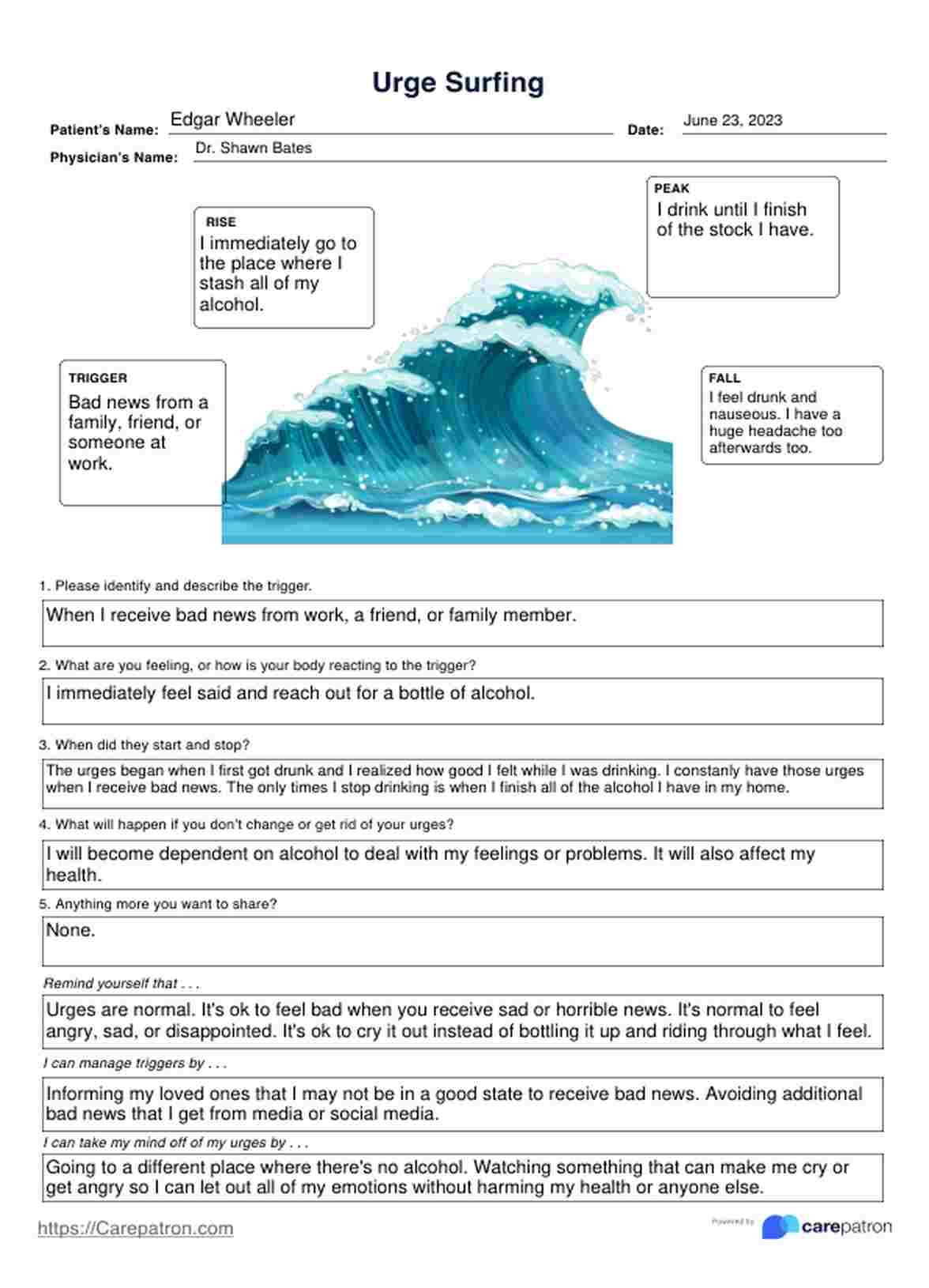













-template.jpg)


